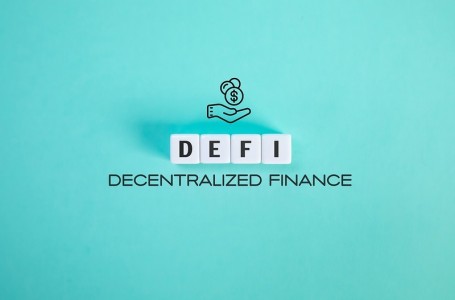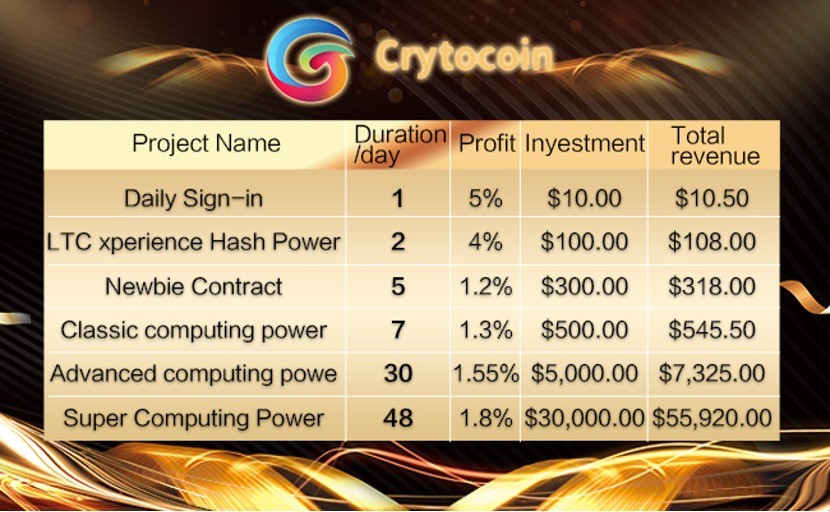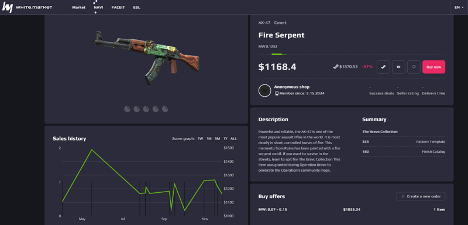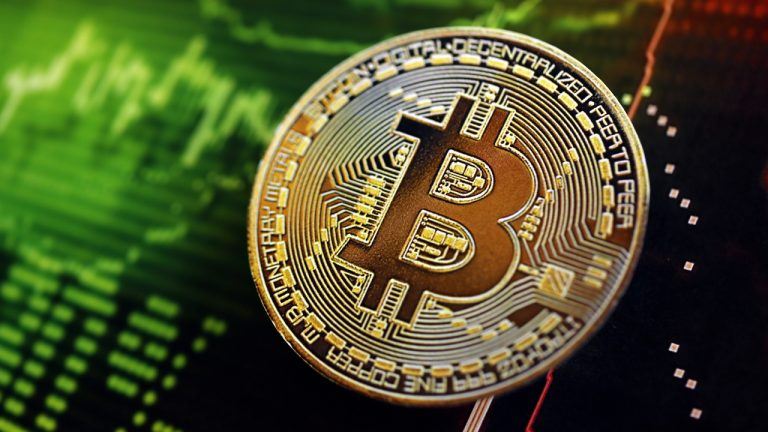What Are Flash Loans in DeFi and How Do They Work?

In February 2021, bZX, the Flas loan protocol, was hacked twice, and they lost over $1 million from the protocol. Defi newcomers tend to ask the same question except for those hacking events: Why do we need flash loans, and how do they work?
What is a Flash Loan?
In the Ethereum world, flash loans are relatively new types of uncollateralized loans. They have gained popularity across Defi protocols based on Ethereum. Several insecure Defi protocols are being exploited by these types of loans. While some proponents claim flash loans are an advantageous and novel source to the world of finance, they enabled fast trades and arbitrage that were previously impossible before blockchains existed.
Almost everyone has heard of standard loans. Lenders lend money to borrowers with the expectation that they will be repaid in full. For temporarily releasing its funds, the lender receives compensation from the borrower. Aave and dYdX are two Defi platforms that offer flash loans as an unsecured loan product. Arbitrage and collateral swaps are some of the strategies used by defi traders to generate profits from these types of loans.
Since Aave launched its flash loan operation over a year ago, the company has issued half a billion dollars in loans. There are two types of loans available in traditional finance: secured and unsecured loans. According to their credit histories, banks will provide their customers with unsecured loans.
An example of this is a pawn shop. Jewelry or other valuables can be temporarily sold and later repurchased. If you wish to borrow funds through Defi programs like this system, you should try Compound or Maker, but you must submit collateral. Most of these loans require the borrower to secure assets that are worth more than the amount of the loan.
Defi provides the user with an assurance that he or she will repay the loan because of a lack of credit rating – at least not yet – in the company’s world. Moreover, it minimizes the volatility risk of borrowing and lending cryptocurrency.
For those who are looking for top platforms to trade like a pro, quantum-ai.io is a good choice. Users can also rely on top customer service systems.
Properties of Flash Loans
The following characteristics are also distinctive features of flash loans;
Smart Contracts: The blockchain-enabled smart contracts used by flash loans withhold funds from being transferred unless certain conditions occur. The smart contract reverses the transaction if the borrower fails to pay back the loan before the transaction expires. Otherwise, the transaction is viewed as not occurring.
Unsecured Loans: To protect themselves in the case of a default, lenders often require borrowers to post collateral. Secured loans, however, do not have collateral attached. The borrower’s inability to provide collateral does not necessarily mean the lender will not be repaid. The loan is repaid differently. Instead of securing collateral, the borrower must repay the loan immediately.
Instant: A loan typically requires a lengthy application and repayment process. Borrowers must repay loans over time if they are approved. Flash loans, however, must be repaid immediately. As part of the disbursement of the loan, both parties must fulfill the smart contract. To access the loaned funds, a smart contract must be invoked by the borrower before the trade expires, which usually takes seconds. If two markets price the same coin differently, traders may find this kind of loan advantageous under certain circumstances.
How safe are Flash Loans?
Lenders have suffered millions of dollars in losses as a result of attacks on these flash loans. The loaning mechanism can be exploited in several ways by malicious actors. Defi and Ethereum suffer from this problem. The problem is that smart contracts are not always constructed correctly. Due to the nature of the data, they receive, there is a risk that they may be hacked because it is often insufficient or insecure.
Conclusion
Members of Defi can borrow cryptocurrency through a flash loan, without needing any collateral. The reason is that flash loans are put inside smart contracts, and therefore require borrowers to repay them in the same transaction that changes their Ethereum account balances. If the lender does not reimburse, the transaction will fail.









